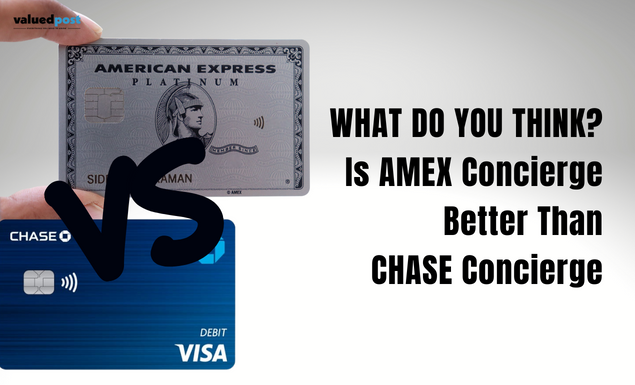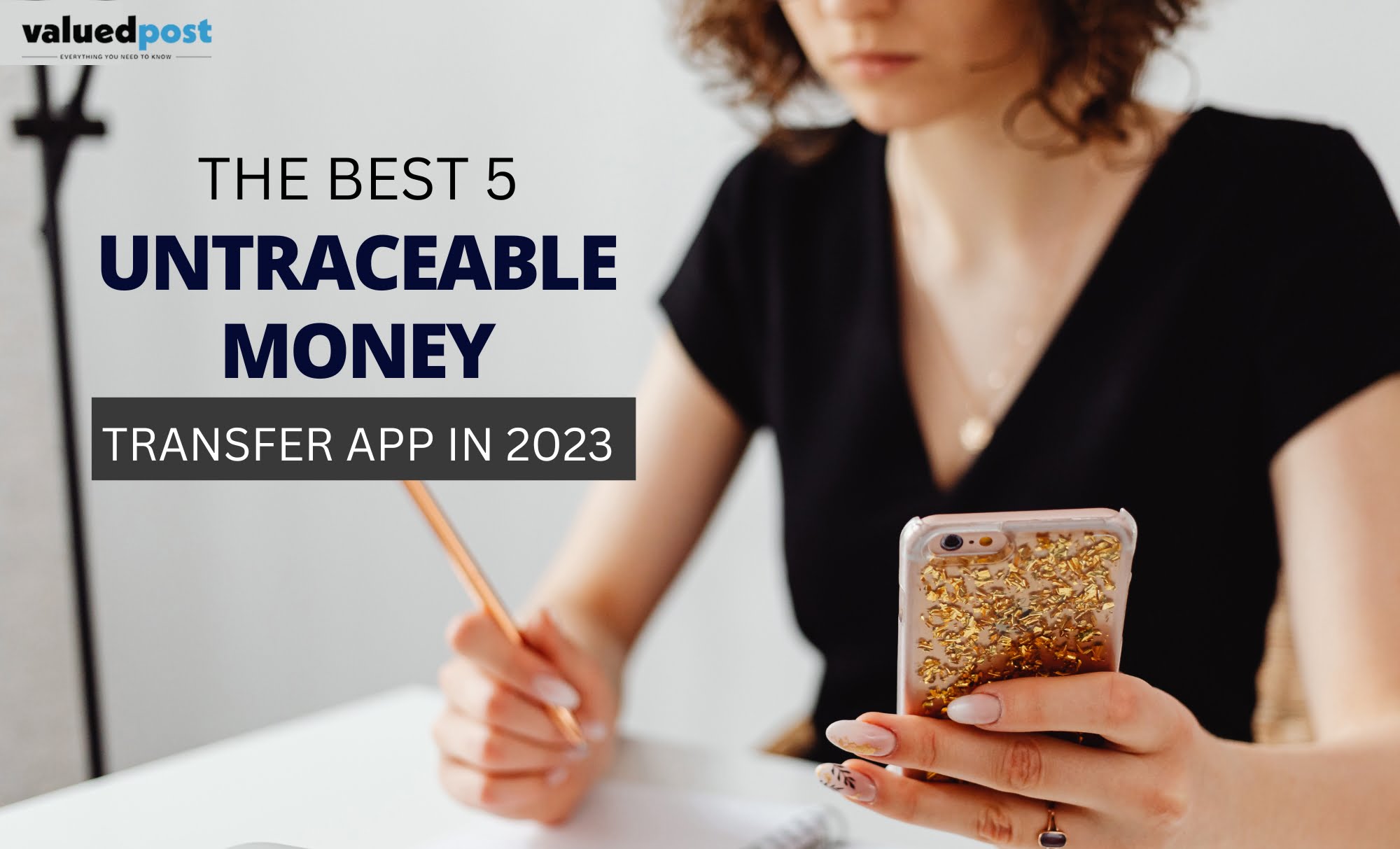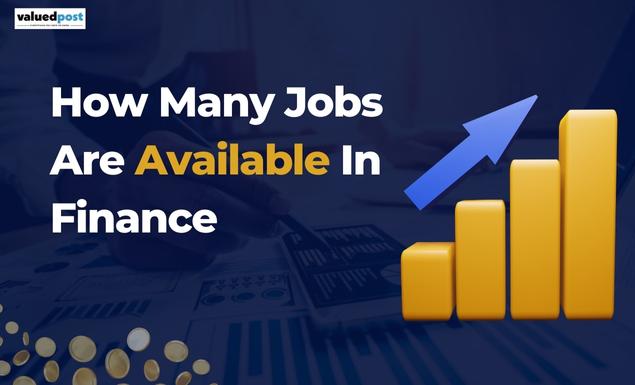Saving and investing is the best way you can make sure that you have a promising future. But the problem comes on who to start investing. Well, in today’s online world, investing is easy and online. Here we walk you through the steps you can follow to start your online investment.
Get yourself an online broker
The first step is to find yourself an online broker, and here are the things you need to consider for getting yourself a broker.
Regulation-Check to see if the broker is licenced to offer securities. Investors can simply do so by going to the Financial Industry Regulatory Authority’s BrokerCheck website and searching for the broker’s name.
Platform Security- Select an online broker with additional security features, such as two-factor authentication (2FA) and SMS/email notification login security alerts, and pledges not to sell your personal information to other parties to protect your funds and identity.
Commissions- If you plan to trade actively, it’s critical to find an online broker that offers low trading commissions, as these can quickly mount up. Although many bargain brokers claim to charge no commission, keep in mind that they may profit from a more considerable disparity between the bid and ask price. Find out if there are any minimum deposit costs, annual or monthly account maintenance fees, data fees, or activity fees charged by the broker. Yes, some brokers charge you if you don’t trade inside a calendar quarter.
Product offerings- Make sure that the platform you choose supports all of the products you wish to sell. If you want to trade sophisticated strategies involving various investment instruments, for example, be sure the platform allows you to trade stocks, exchange-traded funds (ETFs), options, and futures. Well-known online trading apps like Robinhood Markets, Inc. (HOOD) are even testing a new crypto wallet and offering leading cryptocurrencies on their trading platform. Traders who are just getting started should look for an online broker that provides a paper trading or stock simulation account, so they may practise before risking real money.
Understanding Basic Order Types
Before you start investing, it is essential to understand the ABCs of investment; there are a few basic types of order that anyone investing should understand. Here are some of them.
Market Order- This is a purchase or sale order for a security at the best price available. When traders need a quick response, they usually employ market orders.
Limit Order- A limit order defines a trader’s highest price for security (buy limit order) or the least price they’re ready to accept (sell limit order) (sell limit order). Limit orders are excellent for traders who are more concerned with the price than with the speed with which their orders are executed.
Stop Loss Order- This order helps control a trader’s risk by buying or selling at the market price once the security has traded at or through a specific price. In other words, if the security reaches the trader’s stop price, the order transforms into a market order, which executes at the next best available price. Stop-loss orders should be used consistently by online investors to reduce risk and protect their wealth.
Take-Profit Order- As its name implies, this type of order specifies a price at which an open position will be closed at a profit. When the security price hits the limit price, the security is automatically sold. The order will not be filled if the price does not reach the limit price. A buy stop order is another name for it.
Along with the aforementioned things, it goes without saying that before starting to invest in any stock, you should do your thorough market research.















